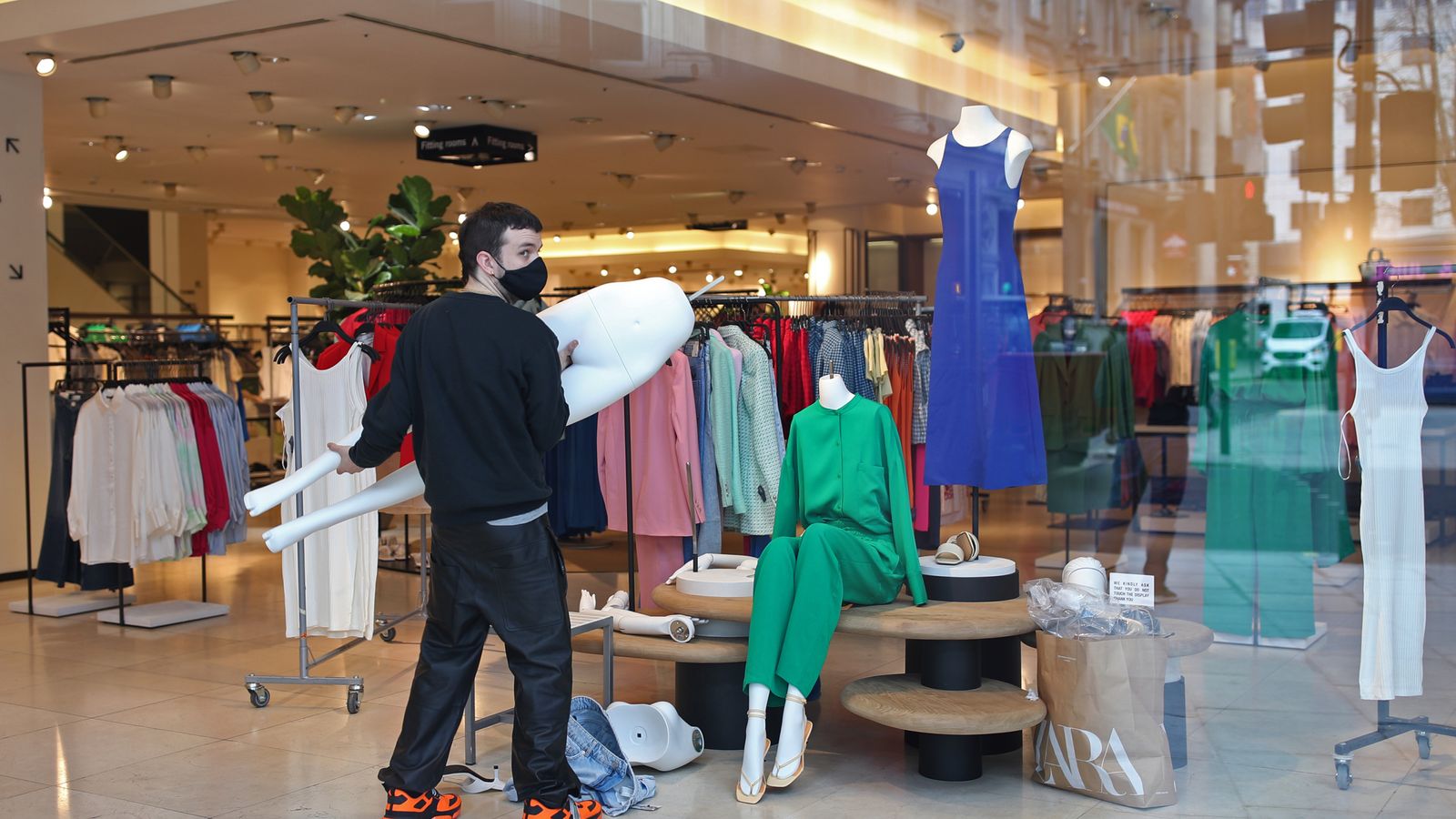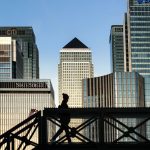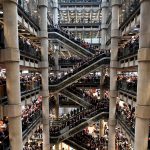The rate of inflation ticked up markedly in March as fuel and fashion costs rose in anticipation of an easing in coronavirus lockdown measures, according to official figures.
The Office for National Statistics (ONS) said the consumer prices index (CPI) measure rose to 0.7% – essentially unwinding the sharp fall to 0.4% in February that had been driven by the sharpest drop in fashion costs since 2009.
The report said that while the COVID-19 pandemic had skewed traditional seasons for shifts in clothing and footwear prices, there was a 1.6% leap recorded in March as the industry expected to benefit from an easing of lockdown measures heading into the summer season.
Please use Chrome browser for a more accessible video player
The ONS noted an easing of discounting but said it still remained unseasonably high by normal standards.
Higher fuel costs – a consequence of rising oil prices – also made an upwards contribution to the rising rate though a continuing supermarket price war helped keep a check on food costs, with prices 1.4% down in the year to March.
ONS deputy national statistician for economic statistics, Jonathan Athow, said of the big picture: “The rate of inflation increased with petrol prices rising and clothes recovering from the falls seen in February.
“However, food prices fell back on the year, as prices of some staples were lower than at the start of the pandemic.”
At 0.7%, the CPI rate remains way short of the Bank of England’s 2% target but it has voiced concerns the rate is set to rise shortly in the coming months.
Many businesses starting back up after more than a year of disruption from the pandemic may be tempted to boost cash flows with price hikes.
Inflation is forecast to rise this month due to the increase in the price cap on default household energy tariffs and through comparisons with prices a year ago when the first COVID lockdown caused demand to slump.
The Bank forecast in February that inflation would reach 1.9% by the end of 2021 but many economists believe it will exceed the target before then.
That is due to continuing evidence of inflation on the way.
The ONS said prices charged by manufacturers rose by 1.9% in the year to March – the highest in nearly two years while the prices they paid for their inputs jumped by almost 5.9%.
Samuel Tombs, chief UK economist at Pantheon Macroeconomics said the Bank remained under little pressure to act, despite the prospect of a spurt of inflation to come, because policy had to support the economic recovery.
He wrote: “CPI inflation looks set to jump to about 1.7% in April, driven primarily by a large semi-annual increase in electricity and natural gas prices, as well as the anniversary of the collapse in oil prices at the start of the pandemic.”
But he added: “We still think that CPI inflation will exceed the 2% target only briefly and modestly later this year, placing little pressure on the MPC to mull raising interest rates before 2023.”






















